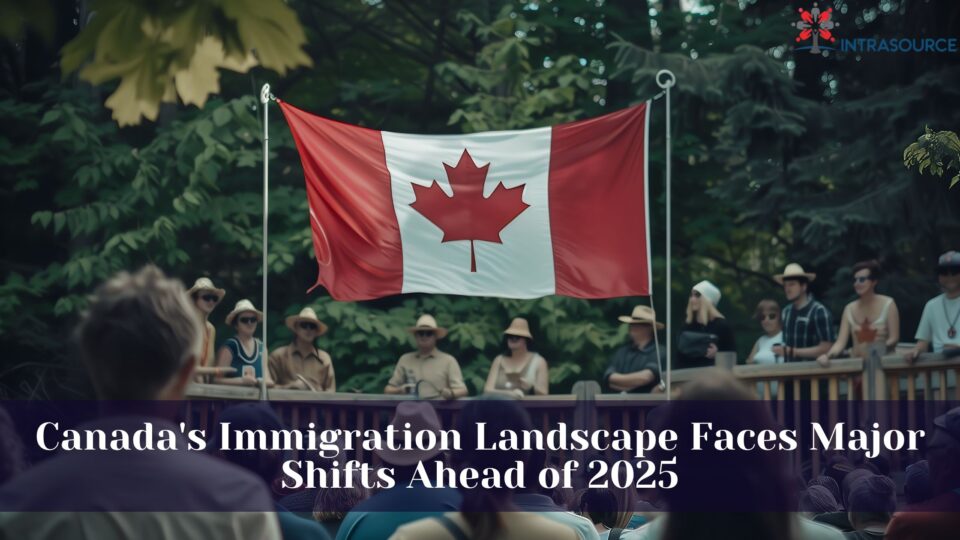Nearly five million temporary permits held by immigrants in Canada are set to expire by the end of 2025, potentially leading to a significant number of departures from the country. This was highlighted by Immigration Minister Marc Miller during a recent session with the Commons immigration committee. According to Miller, the majority of temporary visa holders are expected to leave Canada voluntarily. However, there will be reinforced efforts by the Canadian Border Services Agency (CBSA) to enforce immigration laws for those who might overstay their permits.
Concerns Over Expiring Permits
Conservative MP Tom Kmiec raised concerns regarding the status of the 4.9 million temporary visa holders and questioned Miller on measures to ensure compliance with their departure deadlines. The Minister acknowledged that efforts are in place to manage this situation, including options for permit renewal or transition to post-graduate work permits for those on study visas. It is noted that a substantial number—approximately 766,000—study permits are due to expire by December 2025.
Changes in Canadian Immigration Policy
In response to rising scrutiny and with an election approaching next year, the Trudeau government has announced cuts in immigration levels both for permanent and temporary residents over the next few years. As per the new policy, the target for new permanent residents is reduced from 500,000 to 395,000 for 2025, reflecting a 21% decrease.
Economic and Infrastructure Implications
This strategic shift is designed to address the critical strain on Canada’s housing, healthcare, and social services caused by an influx of immigrants, especially after the pandemic. By curbing the number of temporary foreign workers by over 40% by 2026 and reducing international student admissions by 10%, these measures look to ease pressures on communities. These changes are expected to better align workforce demands with available infrastructure’s capacity to support this population growth responsibly.
Economic and Social Impacts
Prime Minister Trudeau explained that while temporary foreign workers have played vital roles within Canada’s labor force, the post-pandemic surge in immigrant numbers has stressed national resources. The newly imposed caps on immigration seek to find equilibrium between workforce necessities and community capacities for proper accommodation.
Key Takeaways from Canada’s New Immigration Plan:
- Permanent Residents: Reduction in target numbers down to 395,000 by 2025.
- Temporary Residents: Significant fall in numbers of temporary foreign workers (by more than 40%) and international students (by 10%) expected by 2026.
- Economic Adjustments: Initiatives designed to alleviate pressures on housing, healthcare, and social services—providing communities time to sustainably manage growth impacts.


